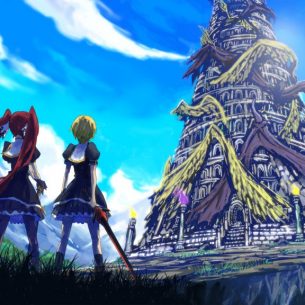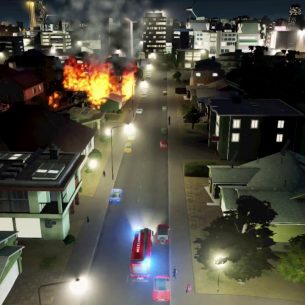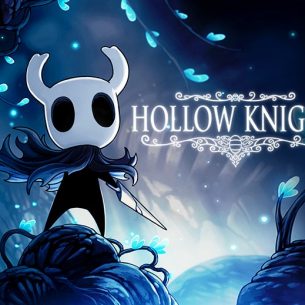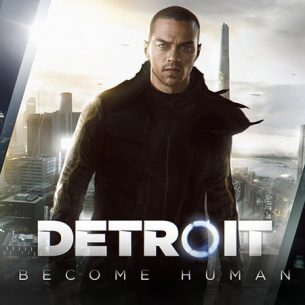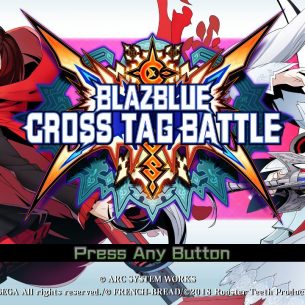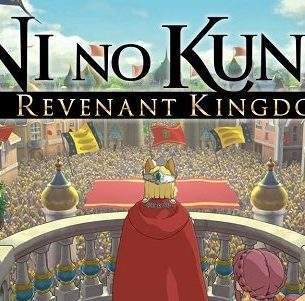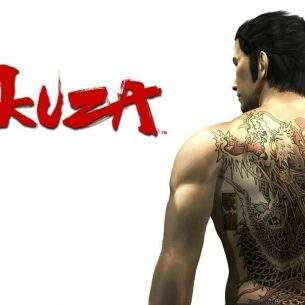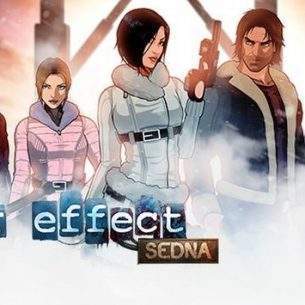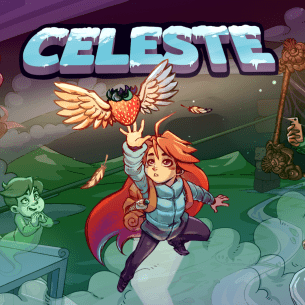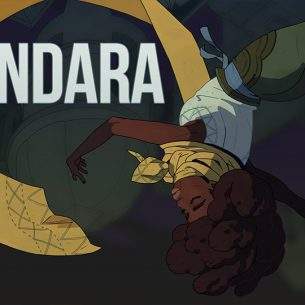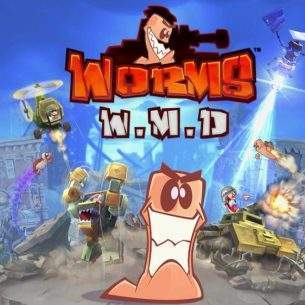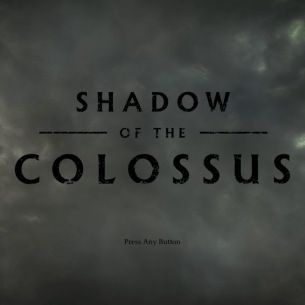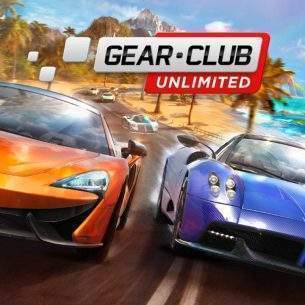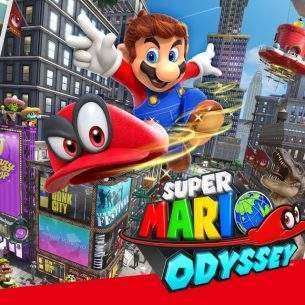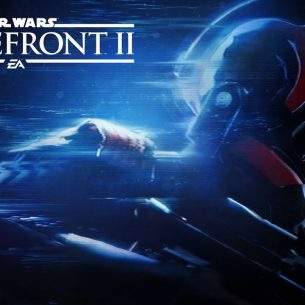Archive Post
Home / review
Review: Croixleur Sigma On Nintendo Switch
Croixleur Sigma is a fast paced wave based beat'em up originally developed by Souvnir Cir…
Cities Skylines: Nintendo Switch Edition | Review
The city management genre has long been a favorite of mine – able to consume…
Hollow Knight (Nintendo Switch) | Review
Version Played: Nintendo Switch Ever since Hollow Knight had come out on the PC last…
Detroit: Become Human | Review
David Cage is a name that doesn’t sit will with many Players, especially after allegations…
Blazblue: Cross Tag Battle | Review (Nintendo Switch)
ARC Systemwork's latest multiplatform fighting game is a dream matchup more than half a decade…
Ni No Kuni II: Revenant Kingdom | Review
In 2011, developer Level- 5 along with Studio Ghibli created something beautiful and unique; it…
Yakuza 6: The Song of Life | Review
"You can rescue homeless cats for a cat café. 10/10" … Written By: Jeb Wrench…
Fear Effect Sedna | Nintendo Switch Review
There is a saying that goes “jack of all trades, master of none”. This was…
Celeste (Nintendo Switch) | Review
Version Reviewed: Nintendo Switch Another Example of Why Games Matter Everyone has a mountain to…
Dandara Review | Nintendo Switch Review
Publisher Raw Fury and developer Long Hat House have come together to give us quite…
Worms WMD | Review
Worms W.M.D, developed and published by Team 17 is a turn-based artillery tactics game released…
Shadow of the Colossus Remake | Review
Version Tested: PlayStation 4 (Played On a Launch PS4) Team ICO's titles have taken on…
Gear.Club Unlimited | Review In Progress
Version Reviewed: Nintendo Switch. Published By Microids and Developed By Eden Games In the eight months…
Super Mario Odyssey | Review
Mario has been a staple of the gaming industry since the very early arcade days…
Star Wars Battlefront 2 Multiplayer | Review
A Word Regarding Review Copies: Electronic Arts acknowledged Broken Joysticks' request for a review copy of Star Wars:…

